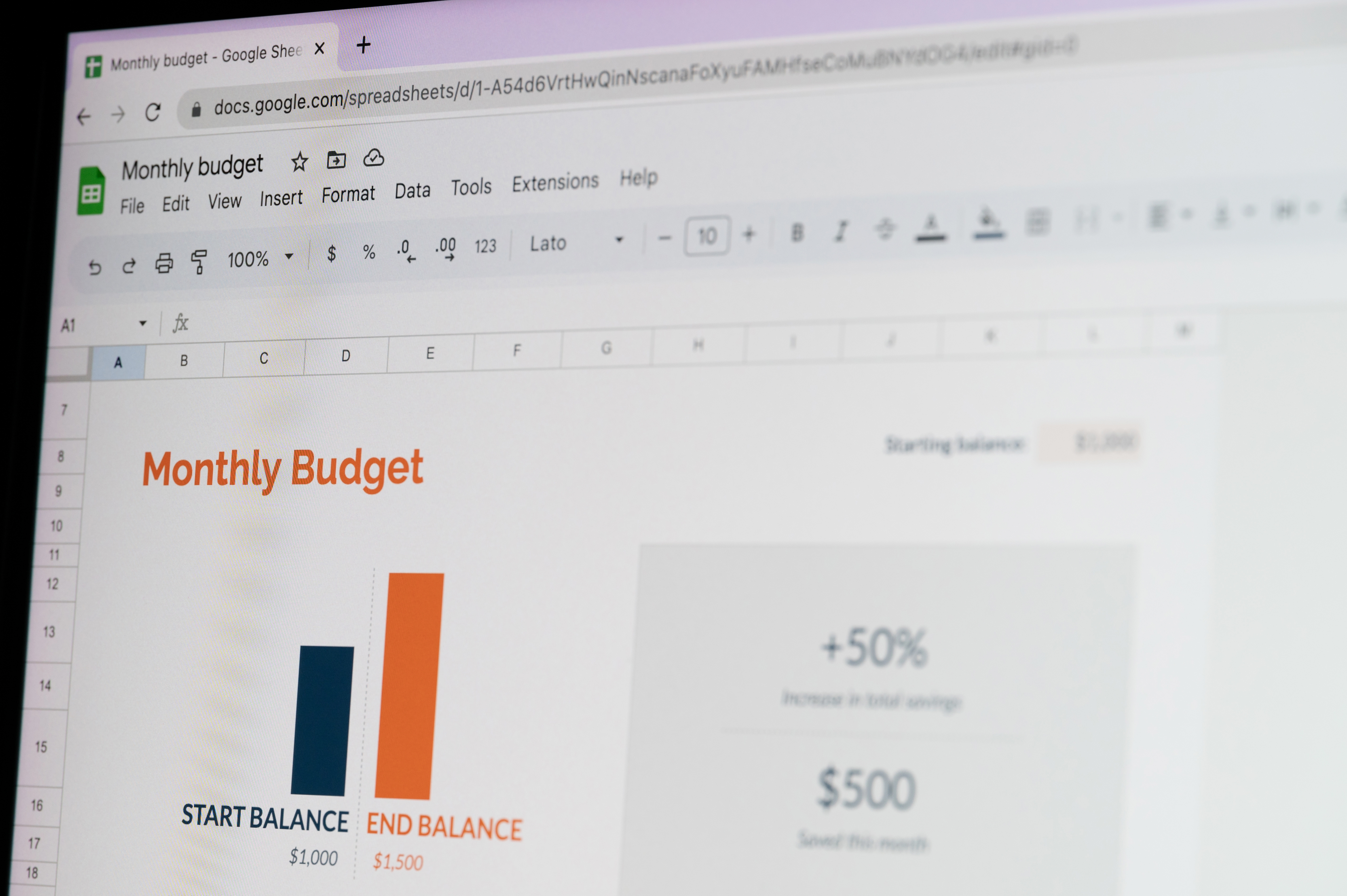In today's modern companies, there is a lot of data available.
Based on research from Statista, organisations use on average 130 different software applications, which creates a complex web of systems for employees to navigate, when they are looking for data to support their decision making.
Cloud data warehouses have helped gather all this data into one centralised location that can grow easily. However, many employees who don't have technical skills struggle to access this data because they don't have the time or skills needed to access that information.
As a result, business users face the same problem they did ten years ago. They want to have access to data themselves, but instead have to wait for the data team to provide them with insights, and the data team is overwhelmed with requests and has a backlog of tasks.
This is one of the many reasons why business users don't receive the insights they need to make decisions on time, costing businesses millions from decisions not supported by accurate data.
What business users truly need is the right data, at the right time, directly integrated into the systems they already use. This is where Reverse ETL becomes indispensable.
Reverse ETL works by integrating relevant data directly into the systems that business users use every day.
This helps people in roles like Sales, RevOps, Marketing, Customer Success and other departments to use the data in their day-to-day tasks, analysis, and decision-making.
In this article we are going to explore what Reverse ETL is, why it is important for both technical and business users and mention a few(among many others) practical applications of Reverse ETL.
What is Reverse ETL?
Reverse ETL is a way to bring data from a central storage place back to the systems that people use every day in their work, like spreadsheets or CRMs.
This means that people in the business can access and use the data right away, without having to rely on technical experts or wait for reports.
By using Reverse ETL, business users can make decisions and take actions based on real-time data. They don't have to depend on others to give them insights. Instead, they have direct access to the data they need, they can export and transform it without compromising the original data set, making their access to data insights easier and more efficient.
.png?width=1146&height=255&name=Reverse%20ETL%20Schema%20(Internal).png)
How can your company benefit from Reverse ETL?
Reverse ETL brings several benefits to businesses and users:
- It ensures fast and reliable access to data, allowing business users to retrieve the information they need for their daily tasks efficiently, without the need for asking more data savvy colleagues.
- It integrates critical data directly into workflows and decision-making processes, enabling users to actively utilise the data instead.
- With Reverse ETL, users can work seamlessly within their preferred systems, such as CRMs or spreadsheets, without the need for additional analytical tools. They can analyse the data independently and gain deeper insights.
Reverse ETL promotes a data-driven approach by enabling self-service insights, enhancing decision-making, improving efficiency, and optimising overall business processes; among others, it offers benefits such as quick data access, integration into workflows, use of familiar systems, and driving data-driven processes within organisations.
The World Runs on Spreadsheets: Practical applications for Reverse ETL
Now that we know what Reverse ETL is, let’s dive into some practical applications, and understand how Kleene.ai Reverse ETL can help various departments increase efficiency and take real time, data driven decisions.
Kleene.ai Reverse ETL for Marketing
Reverse ETL can be beneficial for marketing teams as it helps them improve their campaigns and overall performance. Many organisations have multiple tools that are not integrated, resulting in gaps in performance tracking and attribution within the marketing funnel.
Here's a common scenario to illustrate the challenge:
Let's say you have an ad server that tracks clicks from paid search campaigns, but it doesn't track all the transactions generated by those clicks. You also have transaction databases for each online store, but they don't track which specific paid search ad led to the purchase.
Additionally, you have various business tools that provide data from different sources like Google Ads, CRM, website, and web scraping, but they don't combine all the connected data to map the customer journey accurately.
You could ask your analyst team to combine all this info, but they will have to update it all the time and you would have to rely on them constantly to make sure you are using the most updated information. With Reverse ETL, you can gain a comprehensive view of your customers in your marketing applications without the need for managing a new centralised data source.
Practical examples of how Marketing teams can leverage Reverse ETL are:
- Creating a Customer Profile: You can extract customer information like name, age, email address, and product preferences from different systems and sources within the organisation. This information can be combined into a single document, providing a unified customer profile.
- Personalized Offers and Messages: With the unified dataset, marketing teams can create more personalised offers and messages to deliver through various marketing channels such as email campaigns or social media posts.
- Audience Segmentation: Reverse ETL allows for segmenting audiences based on attributes, behavioural signals, and actions performed during the customer journey. This enables targeted and tailored marketing strategies.
Reverse ETL can enable marketing teams to access a complete customer view, create personalised campaigns, segment audiences effectively, and manage audiences across multiple platforms, leading to more autonomous and successful marketing initiatives.
Kleene.ai Reverse ETL for customer success team
One particularly useful application for Kleene.ai Reverse ETL is helping tracking customer churn and winback rates. Reverse ETL automatically updates customer data across different systems, making it easy to spot when customers cancel their service or change their plan by syncing important business information from various sources (like databases, data warehouses, and CRMs) into tools like Google Sheets.
How Reverse ETL helps in identifying customers who are likely to churn can be summarised in 3 easy steps:
- Gathering and Organizing Customer Data: Reverse ETL helps collect and arrange all customer data, making it simpler to understand and set up automatic alerts for specific situations.
- Creating Actionable Health Scores: With Reverse ETL, you can establish custom health scores that reflect the specific needs of your business. These scores help your Customer Success team take appropriate actions and prioritise their efforts.
- Easy Formula Adjustments: Reverse ETL provides a user-friendly interface that allows you to tweak your scoring formulas without needing help from your engineering team. This gives your team the freedom to improve and adapt the scoring system as needed.
In short, Reverse ETL empowers Customer Success teams by giving them a complete view of customer data in their everyday business tools. This helps them stay proactive in monitoring churn and make informed decisions to enhance customer management.
Kleene.ai Reverse ETL for Data Analysts
Reverse ETL is highly valuable for data analysts as it significantly reduces time spent on menial tasks and enhances their productivity.
Once data analysts have built their models into a spreadsheet using Reverse ETL, the data undergoes automatic updates as per the schedule established. This eliminates the need for manual updates, allowing analysts to focus their time and energy on more fulfilling and value-added tasks.
With the data automatically updating, business users can rely on accurate and up-to-date information, enabling them to make timely informed decisions.
This efficiency boost enables driving better outcomes for the organisation while
data analysts can maximise their productivity and dedicate more time to analysing and extracting valuable insights from the data.
Conclusion
Kleene.ai Reverse ETL offers valuable solutions for businesses across various departments, including Sales, Customer Success, Marketing, and Data Analysis. It addresses the challenges of accessing and integrating data from multiple sources, empowering business users to make data-driven decisions and take actions based on real-time insights. It eliminates the need for manual data updates and enables data analysts to focus on more fulfilling tasks, such as analysis and strategy development.
Business users can now seamlessly incorporate critical data into their everyday workflows, create their own logic, and analytics directly within Google Sheets. This empowers them to make quicker and more intelligent decisions at every stage of their work.
Experience the power of reverse ETL in a user-friendly google sheet environment by trying Kleene.ai today.
Share this article
Related articles:





